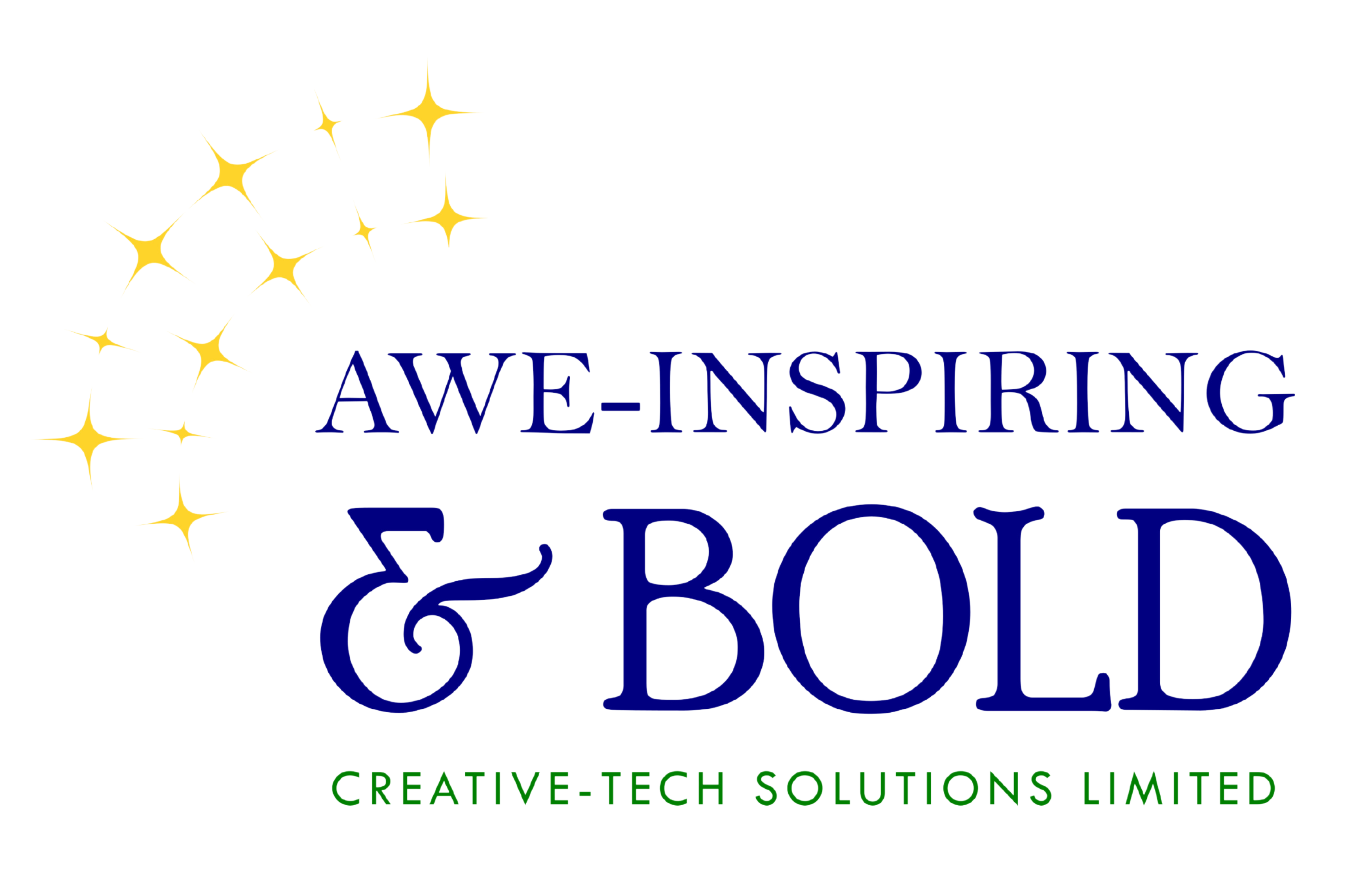There are many benefits to enjoy from entering into well-written contracts. Yet, contracts seem to be the kryptonite of naive artists and creators hoping to expand the impact of their creative business. They are often treated with much suspicion as images of breeches and lawsuits quickly spring to mind.
In spite of this negative perception, the fact remains, contracts are an important part of business success. They determine just how partnerships will operate, how stakeholders will benefit when profits become involved and so much more. The more explicit a contract, and the greater the understanding regarding who sits where the better it is for all involved.
The Impact of Leverage
Unfortunately, many artists and creators who sit at negotiating tables ready to sign deals, do so with very little understanding of both business best practices and even basic good sense. As such, be it a musician negotiating a recording contract or a fine artist trying to make a deal with a leading fine arts museum, many artists and creators may find themselves at a disadvantage when negotiating business contracts. Leverage, however, can turn all this around.
It is easy for creators and artists to think that their creative vision and expression is enough to win them favourable business deals. However, in the world of business, nothing could be further from the truth. When it comes to business negotiations, the stakeholders who get the sweeter end of the stick are those who have greater leverage.
So, Just What Is Leverage?
Leverage speaks to the advantages or benefits that a stakeholder will bring to the table. As far as the artist or creator is concerned, the more leverage he or she has, the better. In other words, the more benefits an artist or creator brings to the table, the better position he or she will be in to negotiate favourable terms.
Importantly, what will count as leverage will differ from one negotiation situation to the other. as each artist or creator and vision is different. Thankfully, there are several things artists can do to help build their leverage or the benefits they bring to the negotiation table. We look at three of them below.
3 Ways Artists and Creators Can Build Leverage in Today’s Creative Economy
1. Branding
Branding is the first step in building leverage for an artist or creator as having a distinct and identifiable brand allows them to properly segment the market and give consumers something to ‘buy into.’ The course of action taken to build this identifiable brand will differ from one creative personality to the next.
2. Build a market presence
An artist or creator who has a clear brand focus can take the next step to build their presence in the marketplace based on the features of the brand they had created in step one. Thanks to social media platforms and other relatively inexpensive ways of getting the attention of a given target market, artists and creators have many creative options they can use to grab the attention of consumers.
3. Highlight the benefits of working with you
The artist or creator who has effectively completed the first two steps will know his or her worth. He or she will be able to quantifiably highlight the reach and impact of their work using numbers, analytics and all the other quantifiers that businessmen and women and other stakeholders will be interested in using to measure the propensity for a fruitful partnership or investment.
